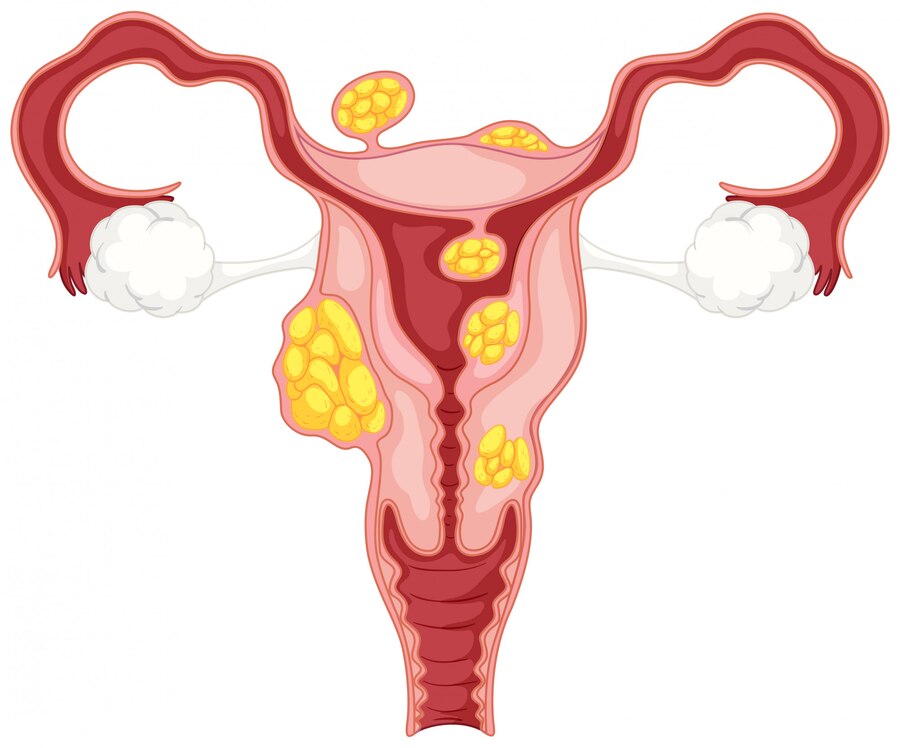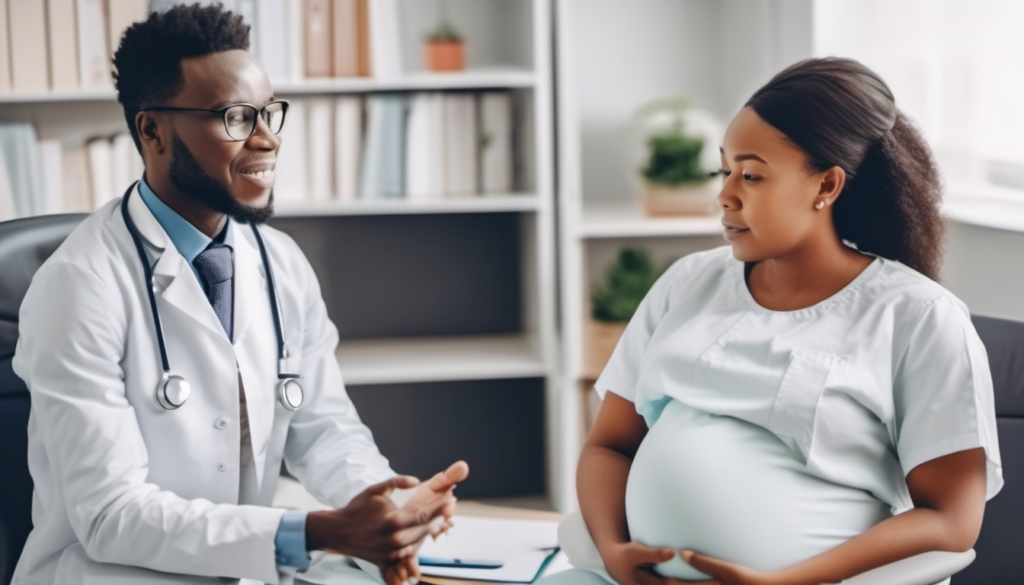If you are a black woman and are reading this post, there is a good chance that you will develop uterine fibroids one day. Studies have shown that about 80%, representing four out of every five black women would develop uterine fibroids at some point in their lifetime. After all, fibroids are the most common tumours seen in women of reproductive age. However, being diagnosed with fibroids is not necessarily a cause for worry, as you may have believed. There are many fibroids myths that are not true and this post aims to address some of them.
But before we address these myths, let us take a cursory look at what fibroids are and some of the common symptoms.
So What are Fibroids?
Fibroids are benign growths that originate from the muscular layer of the uterus (also known as the womb). Your uterus may harbor a single fibroid or multiple, with varying sizes which can grow slowly or quickly. It generally occurs in women of reproductive age groups.

Symptoms of Fibroids
- Painful periods
- Irregular and heavy menstrual bleeding
- Severe cramps and pelvic pain
- Pain during sex
- Swelling of the lower abdomen
- Back or leg pain
- Weakness
- Urinary problems
Now, let’s talk about some common myths about uterine fibroids and address the truth about these myths.
Myth 1: Fibroids are Cancerous
This is quite an understandable misconception considering that fibroids are tumours and many people tend to automatically equate tumours to cancers. However, while there is an extremely low chance that a fibroid can turn into cancer, it is important to know that fibroids are generally benign (that is, they are non-cancerous). In fact, less than 1 in 1000 cases of fibroids would involve cancer. Therefore, having fibroids essentially does not increase your chances of developing cancer in your uterus.
Myth 2: Fibroids Cause Infertility
Depending on the size, location and number, fibroids may indeed affect a woman’s ability to conceive and carry a baby to term in certain ways. For example, when fibroids become too large, they can affect pregnancy in some ways such as causing premature births, affecting the positioning of the baby and altering the shape of the cervix. However, the simple truth is that fibroids are mostly not an issue with respect to fertility and many women with fibroids go on to have healthy pregnancies and babies.

Myth 3: Surgery is the Only Effective Treatment
While hysterectomy (surgical removal of the womb) might have have been the go-to treatment modality in the past for the treatment of symptomatic fibroids, this is no longer the case. Although it can still be a treatment of choice for certain women (particularly those who are no longer interested in childbearing), it may not be necessary in others. Other effective treatment options include myomectomy (removal of the fibroids alone) and uterine artery embolization (UAE). UAE, for example is a non -surgical minimally invasive procedure that helps to shrink fibroids and alleviate symptoms. There is also the use of pain relievers, prescription birth control to control bleeding, and hormonal medications to shrink the fibroids. And if your fibroids are completely without symptoms, you may not even need any treatment. Speak with your doctor (gynecologist) if you have fibroids to know which treatment option is best for you.
Myth 4: Fibroids Always Cause Pain
The notion that fibroids always cause pain is one of the most common myths about the disease. In reality, many women living with fibroids do not experience any symptom and often find out accidentally during a routine pelvic examination. This is because fibroids occur in different shapes and sizes and pain tends to occur as the fibroids get bigger. This is not to say that smaller fibroids do not cause discomfort; they can, depending on their location. But while some do cause pain, it is not always the case.
Myth 5: Fibroids Only Affect Women in their 30s and 40s
While it is true that most fibroid cases occur in these age groups, it is important to know that fibroids can also develop in younger women, as young as in their 20s. This should not be surprising, having stated earlier in this post that fibroids occur in women of reproductive age. Hence, younger women at any point in their reproductive years can have fibroids. The development of fibroids is linked to estrogen and progesterone hormones. Consequently, the only time women tend to be significantly at a lower risk is during menopause, when the levels of these hormones significantly reduce.
Which of these myths did you hold on to before now? Let us know in the comment section.
Until next time, stay healthy and arm yourself with the right information about your health.









